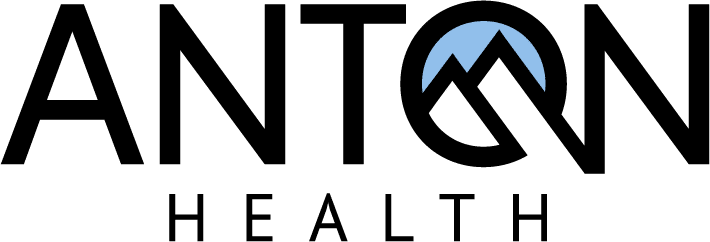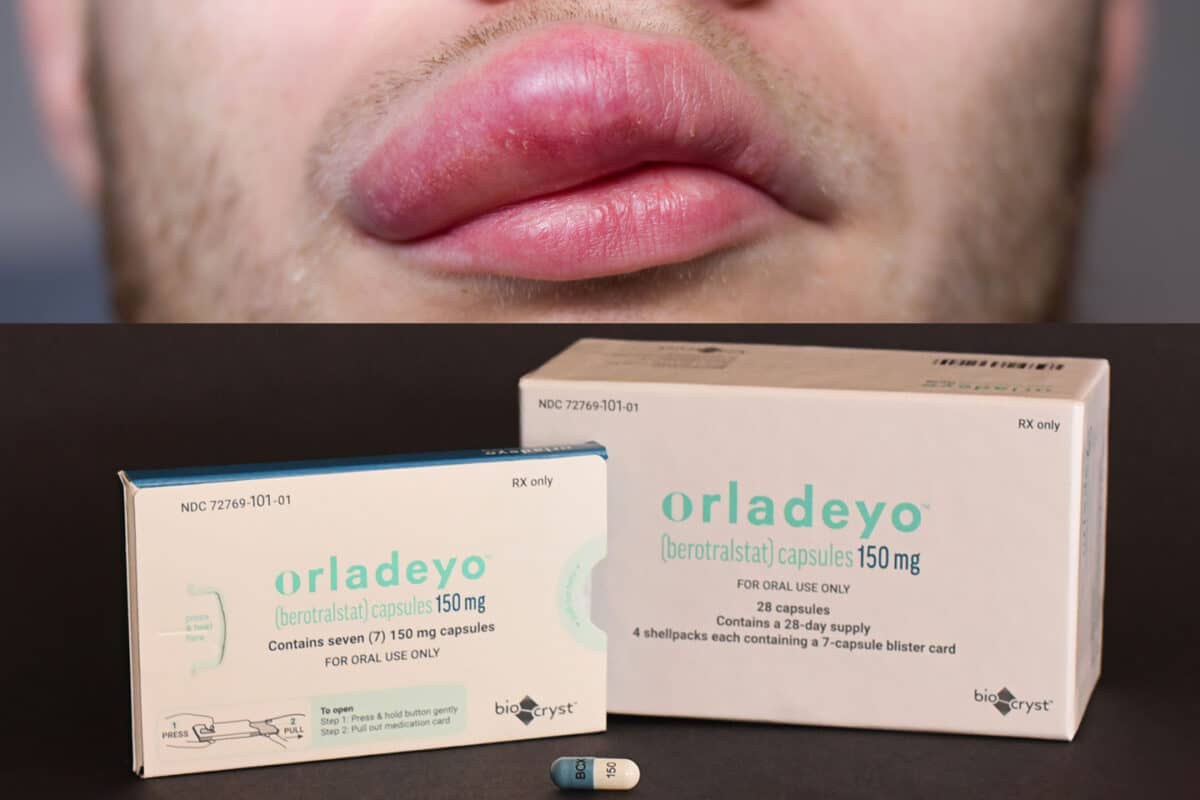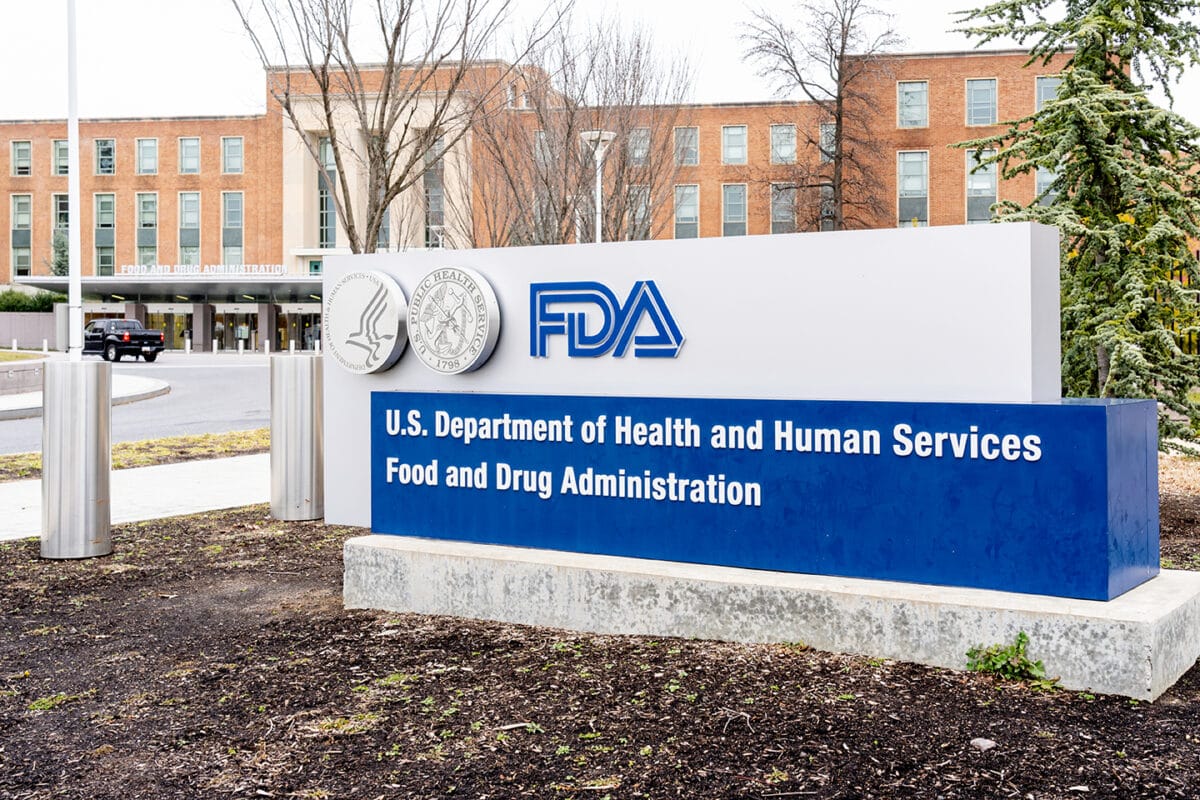We ran across a press release recently that looked a tad odd. It appeared that the FDA had approved a new therapy, Alkindi Sprinkle from Eton Pharma indicated as replacement therapy in pediatric patients with adrenocortical insufficiency (AI). But, this drug wasn’t appearing on any market reports for a pending new drug approval. Furthermore, the press release detailed that the drug was going into exclusive distribution via specialty pharmacy. Hmmmmmmm. A few minutes of internet sleuthing assuaged my confusion. It turns out that the approval was for a new formulation of a drug originally approved in 1952!!
But let’s look deeper into whether this drug qualifies as a specialty pharmacy item. We checked GoodRx and found that the cash price with coupon is as low as $215 for a month’s supply.
Whaaaaat????? That can’t be right. But it is.
So, does low price disqualify Alkindi Sprinkle as a specialty pharmacy product? Price has always been a wild card to determine if a drug is counted as a specialty product. But, throw in an Orphan Drug designation (AI affects between 5,000 and 11,000 children in the US) and the consensus has to lean towards awarding this drug a seat at the specialty pharmacy table. Don’t ya think?
This may help explain why Eton has placed it into limited distribution. The new formulation of Alkindi Sprinkle is a low dose oral granule option for children who, since 1952, were forced to rely on adult-strength hydrocortisone tablets to treat adrenocortical insufficiency. Low-dose options now allow for more accurate and individualized dosing for these kids. While there is no black box on the label, there are a few general warnings and precautions that might be of greater concern in children….. adding to the argument for going LD.
Alkindi Sprinkle is exclusively available through AnovoRx Specialty Pharmacy, yet another specialty pharmacy that is rebranding itself as a rare disease pharmacy.
Availability of Orphan Drug Alkindi Sprinkle (hydrocortisone) in the United States
DEER PARK, Ill., (GLOBE NEWSWIRE) — Eton Pharmaceuticals, Inc (Nasdaq: ETON), a specialty pharmaceutical company focused on developing and commercializing innovative treatments for rare pediatric diseases, today announced the full availability of Alkindi Sprinklefor sale and distribution in the United States. The U.S. Food and Drug Administration (FDA) has approved Alkindi Sprinkle (hydrocortisone) oral granules as replacement therapy for Adrenocortical Insufficiency (AI) in children under 17 years of age. Alkindi Sprinkle is the first and only FDA-approved granular hydrocortisone formulation for the treatment of adrenocortical insufficiency specifically designed for use in children.
Alkindi Sprinkle will be available exclusively through AnovoRx, a specialty pharmacy dedicated to serving patients with rare and chronic conditions. AnovoRx will administer the Eton Cares Program in partnership with Eton Pharmaceuticals. The program will complete prescription fulfillment, insurance benefits investigation, educational support, aid qualified patients to obtain financial assistance along with other services designed to help patients access treatment. To enroll patients in the program and prescribe Alkindi Sprinkle, clinicians will need to complete a patient referral form available at www.alkindisprinkle.com.
The FDA approval of Alkindi Sprinkle was supported by six clinical studies, including the first and only interventional Phase III study of oral hydrocortisone for Pediatric AI in neonates to children under eight years of age. Alkindi Sprinkle achieved significant increases in cortisol levels from baseline (P<0.0001) and was found to be well tolerated with no serious adverse events. Prior to the approval of Alkindi Sprinkle, oral hydrocortisone was only FDA-approved in tablet formulations of 5 mg and stronger. Many pediatric patients require significantly lower doses and the flexibility of precision titration. Alkindi Sprinkle will be available in 0.5-mg, 1-mg, 2-mg, and 5-mg strengths, allowing clinicians greater flexibility to individualize dosing based on each patient’s needs in accordance with the instructions for dosage and administration.
About Alkindi Sprinkle
Alkindi Sprinkle is an immediate-release oral hydrocortisone granule preparation that has been specifically designed to meet the dosing needs of pediatric patients with adrenocortical insufficiency. Prior to Alkindi Sprinkle’s approval, parent caregivers have had to cut or split higher-strength hydrocortisone tablets to achieve the lower doses required for small children, which could result in inaccurate dosing. Alkindi Sprinkle is manufactured using commercially proven technology in four strengths: 0.5 mg, 1 mg, 2 mg and 5 mg, to give greater dosing flexibility to clinicians. Taste-masking excipients that are acceptable for pediatric use eliminate the bitter taste of hydrocortisone. Alkindi Sprinkle has a shelf -life of three years at ambient temperature and does not require refrigeration.











